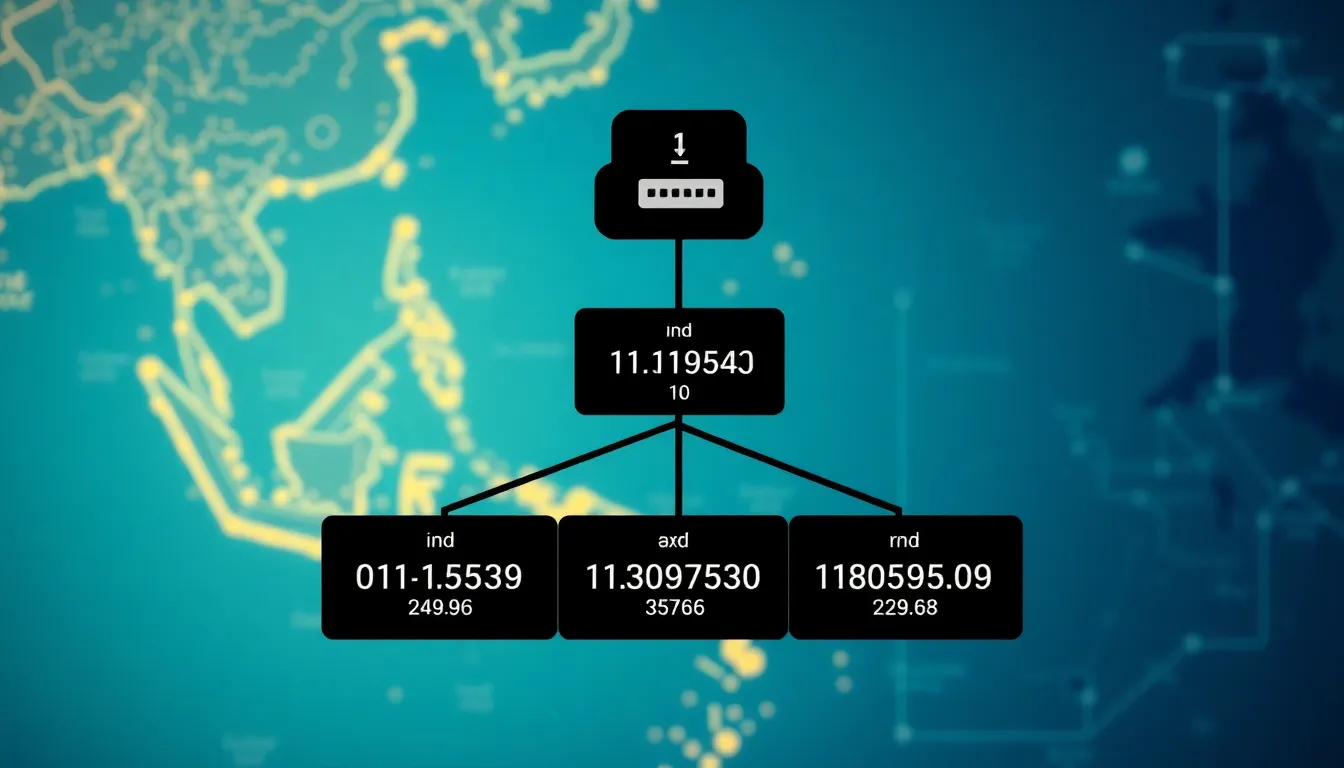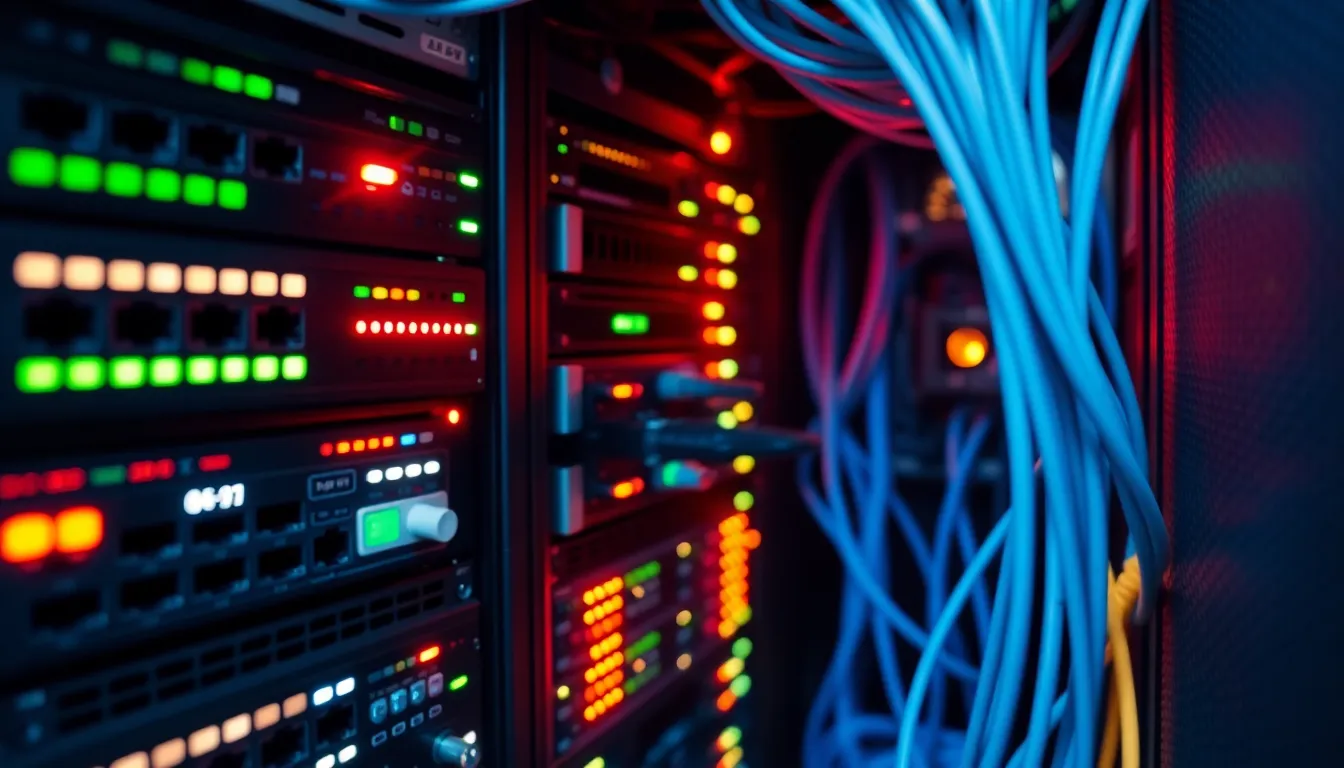In the vast ocean of the internet, every IP address has a story to tell. Take 202.131.126.216, for example. It might look like just another string of numbers, but lurking behind those digits is a world of intrigue and mystery. Ever wondered what secrets it holds? Spoiler alert: it’s not just your average address.
Table of Contents
ToggleOverview of 202.131.126.216
202.131.126.216 represents a unique IP address that plays a role in internet communication. This specific IP falls under the Class C range, commonly used for smaller networks. Assigned to the Asia-Pacific region, it indicates that devices connecting from this address link back to locations in Asia.
Understanding more about 202.131.126.216 reveals its allocation. The address is managed by a registered Internet Service Provider (ISP), which directly connects users to the web. Tracking submissions from this IP can uncover geographic usage patterns. Known for its potential global outreach, it connects users across various platforms.
Security implications surround 202.131.126.216. Cyber threats often arise from unverified IP addresses, attracting scrutiny from security experts. Threat detection systems frequently monitor activity originating from this and similar addresses to prevent malicious actions. Engaging with reputed cybersecurity firms can provide protective measures against any risks associated with this IP.
Analyzing traffic linked to 202.131.126.216 offers insights into user behavior online. Specific data such as peak usage times and common websites accessed can inform future network management strategies. Researchers often utilize this data to enhance internet infrastructure.
In addition, historical data provides context for the current standing of 202.131.126.216. Previous usage records develop insights into trends and changes over time. Such patterns can help predict future demands on the network.
Technical Specifications

The IP address 202.131.126.216 carries specific technical details that offer insights into its use and significance.
IP Address Classification
This address belongs to Class C, which includes smaller networks typically housing up to 254 devices. Class C addresses are often utilized for private networks and small organizations. The allocation of addresses within this class facilitates efficient internet routing and management. Organizations benefit from the flexibility that Class C provides, allowing for easier configuration and monitoring of network devices. This classification ultimately helps streamline communication protocols and connectivity among connected entities.
Geolocation Information
Geolocation data indicates that 202.131.126.216 is linked to the Asia-Pacific region. Tools like IP geolocation services provide specific geographic coordinates, helping pinpoint the address’s physical location. Users in countries across Asia may connect through this IP, revealing patterns of web traffic and user interactions. Security agencies also leverage this information to monitor potential cybersecurity threats originating from this address. Access to accurate geolocation information informs infrastructure planning and enhances user experience through better content delivery.
Uses and Applications
202.131.126.216 serves various roles across multiple sectors. Understanding its applications enhances insights into network management and security.
Potential Industries
Technology providers frequently utilize this IP address for smaller networks. E-commerce platforms depend on reliable connections for online transactions. Education institutions employ it to support remote learning tools. Additionally, healthcare organizations benefit from secure communications facilitated by this address. Each industry highlights the adaptability of 202.131.126.216 in maintaining efficient network operations and user experience.
Case Studies
Numerous examples illustrate the significance of 202.131.126.216. A regional e-commerce platform improved site performance after analyzing traffic data from this IP. A healthcare provider optimized service delivery by tracking user engagement metrics. Educational institutions have also reduced downtime through performance monitoring linked to this address. Each case emphasizes the vital role of this IP address in enhancing service efficiency and security in various sectors.
Security Concerns
Unverified IP addresses like 202.131.126.216 pose significant security risks. Cybercriminals often exploit vulnerabilities in these addresses, making them prime targets for various attacks. Common threats linked to this IP include unauthorized access and data breaches. Malicious actors might use this IP for phishing scams or distributing malware. VPNs or proxies associated with it may not always offer adequate protection. Monitoring incoming and outgoing traffic becomes crucial for identifying suspicious activity related to 202.131.126.216.
Vulnerabilities
Insufficient authentication measures increase the risks associated with 202.131.126.216. Weak passwords and outdated software can compromise network integrity. Lack of encryption exposes sensitive data to interception. Open ports may allow unwanted access points for attackers. Activity from this IP can lead to service disruptions, especially if malicious traffic saturates the network. Logging routine traffic patterns helps in recognizing unusual behaviors that signal a possible breach.
Protection Measures
Implementing robust firewall systems significantly enhances security for networks linked to 202.131.126.216. Utilizing intrusion detection systems can identify potential threats in real time. Regular software updates keep systems fortified against new vulnerabilities. Access controls limit who can connect to the network, reducing exposure risk. Employing strong, unique passwords prevents unauthorized access. Engaging cybersecurity professionals for periodic assessments ensures ongoing protection and helps to manage any emerging threats effectively.
Understanding the intricacies of IP addresses like 202.131.126.216 reveals their vital role in today’s digital landscape. This address not only supports connectivity across various sectors but also underscores the importance of security and effective network management.
As organizations continue to rely on such addresses for operational efficiency and user engagement, the need for robust security measures becomes paramount. By staying informed about the potential risks and implementing proactive strategies, businesses can safeguard their networks while optimizing performance.
The insights gained from analyzing IP addresses can drive informed decisions that enhance user experiences and bolster cybersecurity efforts.



